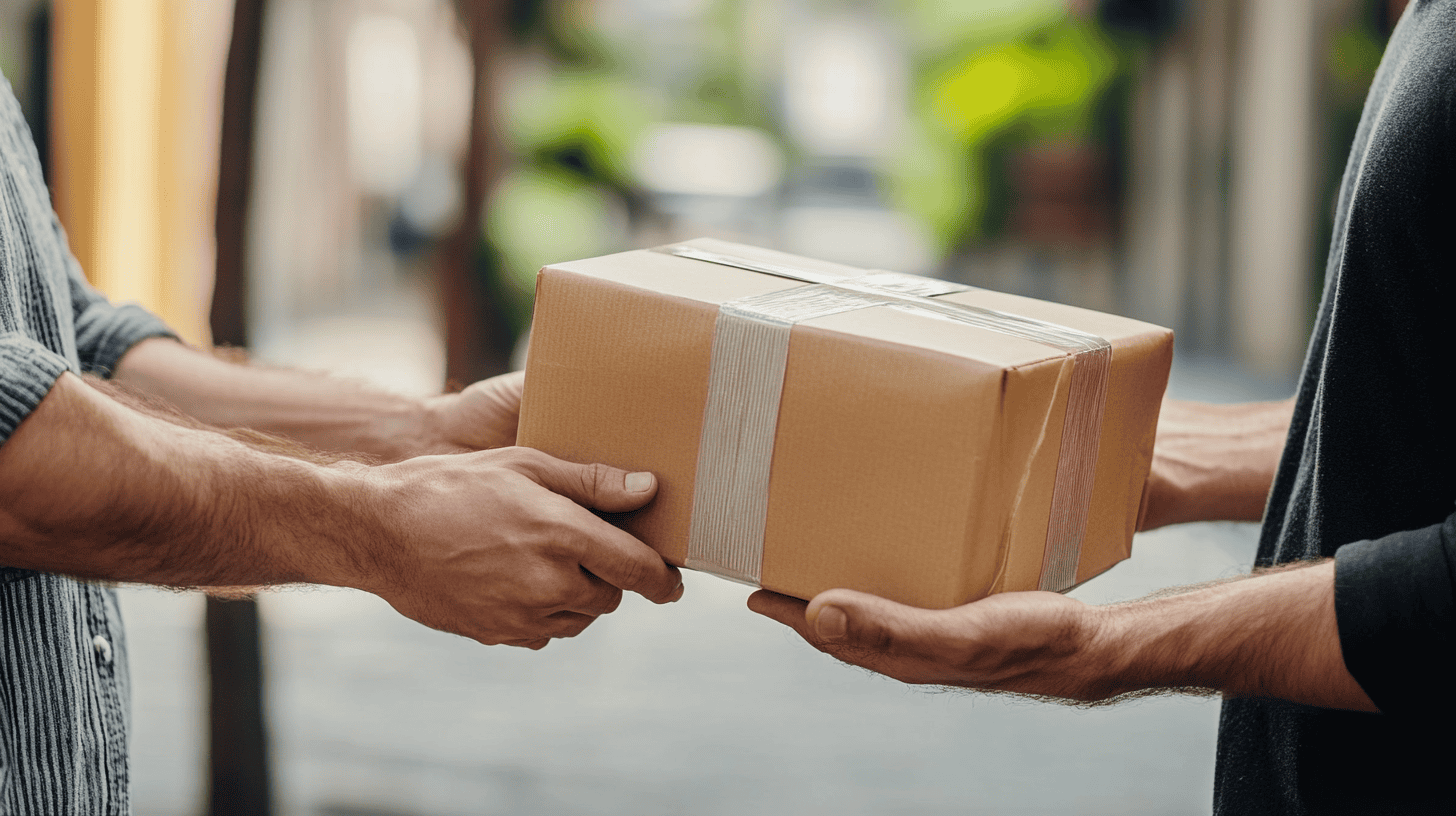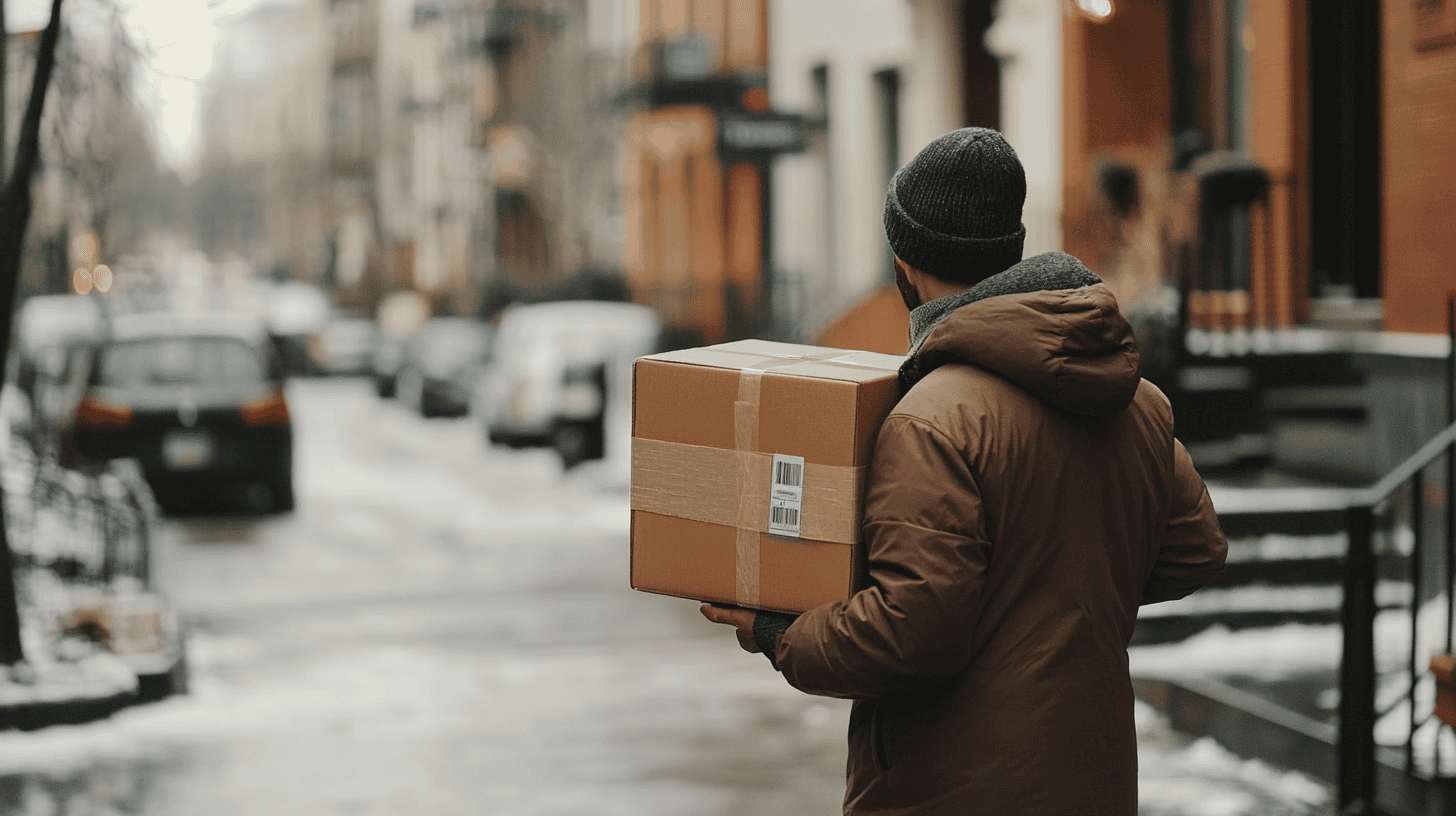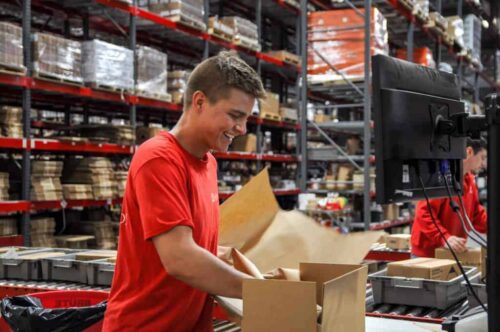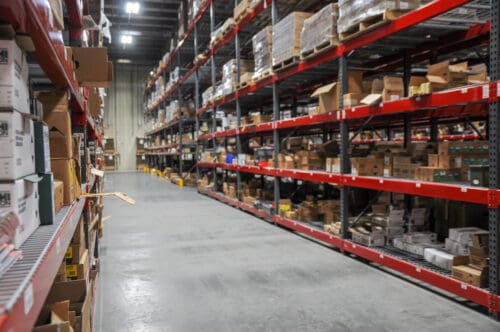Imagine shipping a valuable package, but having no way to verify it reached its destination. Sounds like a problem, right?
That’s where proof of delivery (POD) comes in. This crucial document confirms your shipment’s successful arrival, protecting your business and reassuring customers.
But what exactly is POD, and how can it safeguard your business?
This guide will reveal how proof of delivery can prevent disputes, build customer trust, and streamline your operations. You’ll learn about the different POD types and how to implement them effectively, saving your business time and money.
Key Takeaways
- Proof of Delivery (POD) is key to order receipt, customer confidence, and supply chain reliability.
- Electronic Proof of Delivery (ePOD) has many advantages over traditional paper PODs, such as real-time tracking, less paperwork, and more operational efficiency.
- Having a good POD system will help you save costs, reduce disputes, be accountable, and ultimately improve customer satisfaction and trust.

What is proof of delivery (POD)?
Proof of delivery is a crucial document in the shipping process. It serves as concrete evidence that an order has successfully reached its intended destination.
This provides significant benefits to both businesses and customers.
Businesses get a clear view of each delivery stage. Their logistics managers know exactly when drivers have completed delivery and who received it. These deep insights help them identify shipping issues and mitigate errors and delays.
For customers, proof of delivery offers peace of mind. Whether it’s a signature or a photo, this confirmation reduces risks associated with shipping, such as incorrect deliveries, package damage, or theft.
Why proof of delivery is important in business operations
Implementing a POD system can provide a host of benefits.
Fraud prevention
By limiting package receipt to authorized recipients, POD helps prevent fraud and unauthorized transactions. If you don’t
Improved customer satisfaction
A well-implemented proof of delivery system can significantly boost customer satisfaction in several ways:
- Real-time order tracking:
Customers can monitor their package’s journey, reducing anxiety and increasing transparency. - Fewer delivery status inquiries:
With readily available information, customers are less likely to contact customer service for updates. - Smoother delivery process:
Clear documentation and tracking lead to fewer misunderstandings and complications.
By consistently delivering accurately and on time, businesses can enhance their reputation, protect against potential liabilities, and minimize financial losses.
Reduce costs and disputes
Proof of delivery is an effective tool for reducing costs and resolving disputes.
It verifies that orders were successfully delivered, eliminating the need for replacements or refunds. Accurate records help reduce errors, fraud, and disagreements in transactions.
If there’s a dispute, you have a clear record of every step of the delivery process, and photo evidence can help determine the condition of the package. It’s much harder for customers to receive a package and then claim they didn’t in an effort to get a free refund.
The detailed record-keeping facilitated by POD is also crucial for maintaining compliance with regulations and service-level agreements.
For example, it can help companies adhere to transportation industry regulations on driver hours and rest periods. And it makes it easier to meet customer-specific agreements regarding on-time delivery percentages and shipment tracking frequency.
Automating electronic signature capture and photo collection through ePOD systems can also reduce manual data entry time and associated costs.
Real-time tracking and automated confirmation
Electronic systems allow for real-time tracking of deliveries, which improves operational efficiency, reduces late deliveries, and gives you advance notice of a late delivery so you can notify the customer before they contact you.
This live tracking also provides greater customer satisfaction by giving them up-to-date delivery information and reducing the need for additional queries.
Customers expect to be able to track their packages, and if you don’t offer that service, you’ll be dealing with people contacting your customer support and asking them about their shipment.
What’s included in POD documents?
A comprehensive proof of delivery document contains a trove of essential information:
- The carrier’s name
- Delivery order number
- Recipient’s signature confirming delivery receipt
- Recipient’s name and address
- Order details
- Tracking number
- Delivery time
- Invoice information
Many modern POD documents also incorporate barcodes or QR codes for enhanced tracking and verification. This digital element makes delivery information easily accessible and verifiable, further streamlining the shipping process.

Types of proof of delivery
There are two main types of proof of delivery: Paper POD and electronic proof of delivery (ePOD).
Paper POD
Traditional paper PODs are physical documents signed by both the shipper and the recipient upon delivery. The delivery driver makes sure the customer signs these documents, providing proof that the delivery was made to the customer’s doorstep.
Delivery companies have used this standard for years. But as you might imagine, it has some downsides:
- Data entry inefficiencies.
It takes time to knock on a customer’s door and get their signature. - Lack of real-time updates.
A delivery confirmation logged on paper isn’t instantly uploaded to a database. - Storage difficulties due to high delivery document volume.
All that paper has to go somewhere. - Vulnerability to damage and loss.
If you lose your documentation to fire or theft, there are no backups to download.
Fortunately, there’s a better solution.
Electronic Proof of Delivery (ePOD)
Electronic proof of delivery (ePOD) solves the problems posed by paper POD.
ePOD software uses digital technology such as barcodes, GPS, and photos to track and confirm deliveries. The actual proof is typically provided by either a photograph of the delivered package with delivery notes (AKA photographic proof of delivery) or an electronic signature from the recipient.
It has two components: a mobile application for delivery drivers and a backend dashboard for logistics managers to get a higher-level overview of delivery statuses and metrics.
This streamlined approach introduces a ton of benefits:
- Elimination of paperwork through electronic records.
No more risks or costs associated with storing paper documentation. - Simplified shipment tracking.
You and the customer have a real-time view of where the package is in the shipment process. - Secure digital signatures via handheld devices.
Instead of signing a paper document, you sign a device the delivery driver hands you. - Integration with other delivery management software.
There are many software systems that drive the order fulfillment engine, and it’s crucial they can communicate. - Customizable features like task geo-stamps and time stamps.
These let you know exactly when and where different actions took place.
With the rise of e-commerce, the need for electronic proof has never been greater. According to Pitney Bowes, 58 million packages were delivered per day in the United States in 2022. With that kind of volume, a non-electronic POD system would require a lot of paper.
Any business handling a high volume of packages should strongly consider using ePOD software. It offers a seamless way to manage deliveries, collect confirmations, and access digital proof of delivery documents from anywhere.
The improved operational efficiency and enhanced customer service give it a big leg up over the outdated paper system.
How to implement electronic proof of delivery
There are a few core steps in implementing ePOD into your delivery workflow. It starts with getting delivery software that includes ePOD.
Choosing the right delivery management software
If you’re looking for a robust ePOD implementation, there are some crucial features to look for in delivery management software:
- Digital signature capture to provide proof of delivery
- Photo and documentation capabilities
- Barcode or QR code scanning for package verification
- Customizable ePOD forms and workflows
- Offline functionality for areas with poor connectivity
- Real-time synchronization of ePOD data with central systems
Choosing delivery software is a complex decision and beyond the scope of this article. However, we can point you in the right direction.
In no particular order, here are a few of the most popular delivery management software options:
Training delivery drivers
Make sure drivers are knowledgeable about using the ePOD system. This will make them more efficient, improve the customer experience, and reduce inaccurate deliveries.
Most delivery management software tools will have tutorials for drivers.

An alternative to delivery management
As you can see, implementing proof of delivery comes with a lot of baggage. You need to choose delivery management software and build processes to implement that software into your delivery workflow.
If you don’t want to take on that headache–or deal with the many other challenges that come with handling order fulfillment–you may want to consider partnering with a reliable and trusted third-party logistics (3PL) provider like Red Stag Fulfillment.
We work with FedEx, UPS, USPS, and many other delivery carriers that use ePOD. You get all of the compliance and customer satisfaction benefits that come with ePOD without the hassle of managing it yourself.
Get in touch to learn how we can help you spend less time on fulfillment operations and more time on the tasks that truly move the needle in your business.











